What is a project, exactly? We talk a lot about specific facets of project management, but it’s sometimes valuable to start at the root and dig into the basics.
To fully understand high-level project management concepts, it’s important to know the simple answers. When you can call on this knowledge, more complicated concepts are easier to master. Whether you’re the project manager or a stakeholder, give your next project definition with these project management tips in mind.
Project Definition
A project is a set of tasks that must be completed within a defined timeline to accomplish a specific set of goals. These tasks are completed by a group of people known as the project team, which is led by a project manager, who oversees the planning, scheduling, tracking and successful completion of projects.
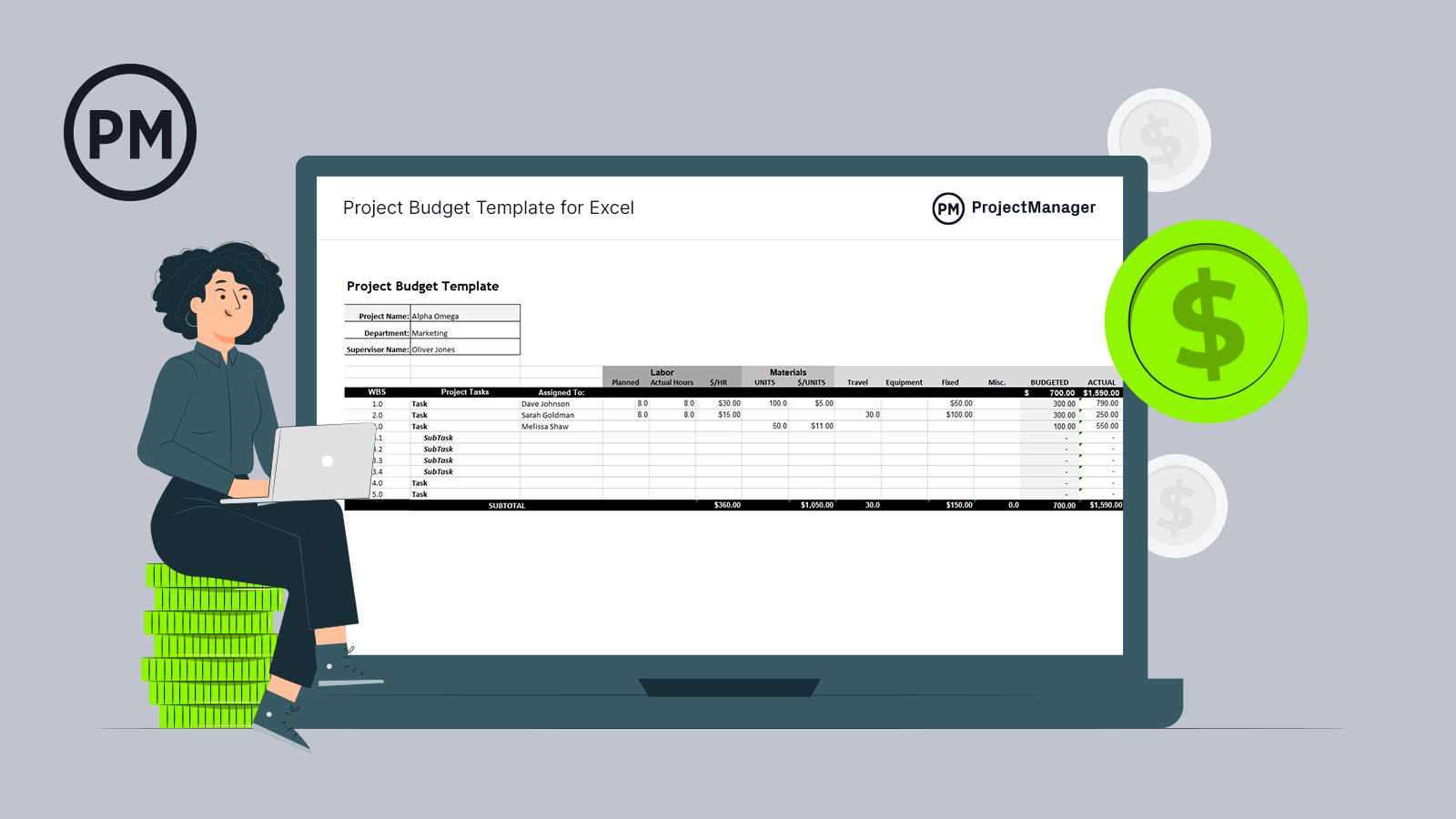
Get your free
Project Budget Template
Use this free Project Budget Template for Excel to manage your projects better.
Besides the project team, projects require resources such as labor, materials and equipment. Organizations and individuals manage projects with a wide range of objectives. These can take many forms, from constructing a building to planning an event and even completing a certain duty. Retailers, for example, may pursue projects that improve the way they track order fulfillment. Construction teams complete projects any time they plan and build something—and so on!
Project management software gives you the tools to manage all the parts of a project so it is delivered on time and within budget. ProjectManager is award-winning project management software with features to plan, manage and track your project in real time. Organize tasks on our robust Gantt, link all four types of task dependencies to avoid costly delays and save your project plan by setting a baseline. This allows you to track your actual progress against your planned progress to help you stay on track. Get started with ProjectManager today for free.
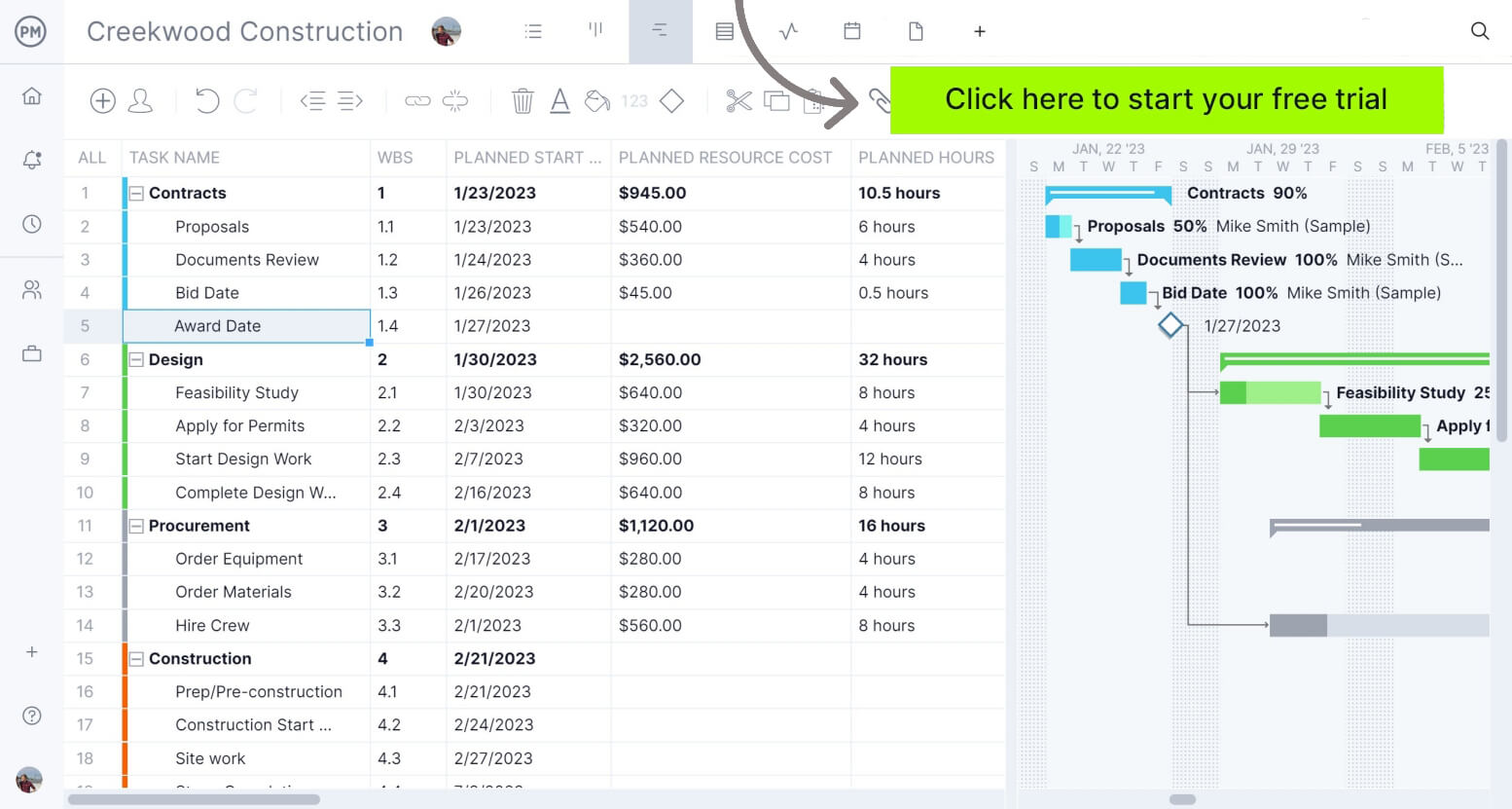
What Are the Characteristics of a Project?
There are certain features or characteristics that are unique to projects and differentiate them from the daily operations or other types of activities of an organization. Here are the main characteristics of a project.
1. Any Project Needs a Project Manager and a Project Team
One of the most important characteristics of a project is that it’s a team effort. While the structure of project teams might change from one organization to another, projects usually involve a project manager and a team of individuals with the necessary skills to execute the tasks that are needed.
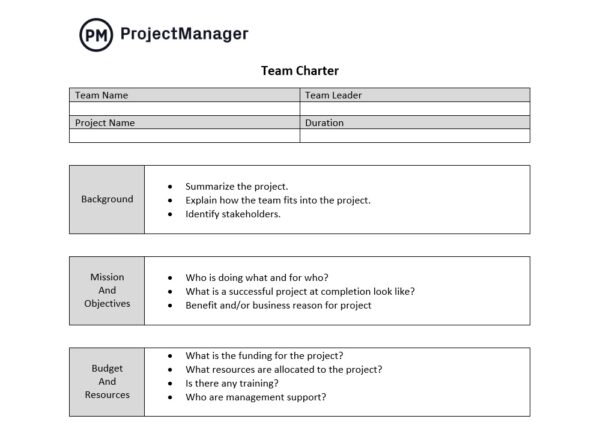
2. Every Project Needs a Project Plan
Project team members need clear directions from the project manager and other project leaders so that they can execute the work that’s expected from them. These directions come in the form of a project plan. However, a project plan is more than just a set of instructions for the project team. It’s a comprehensive document that describes every aspect of a project, such as the project goals, project schedule and project budget among other important details.
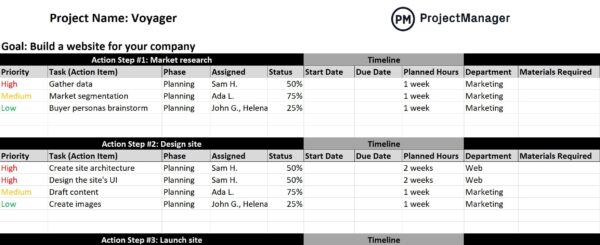
3. All Projects Go Through the Same Project Lifecycle
The project life cycle refers to the five phases all projects must progress through, from start to finish. The five phases of a project lifecycle serve as the most basic outline that gives a project definition. These five phases are initiation, planning, execution, monitoring and closure.
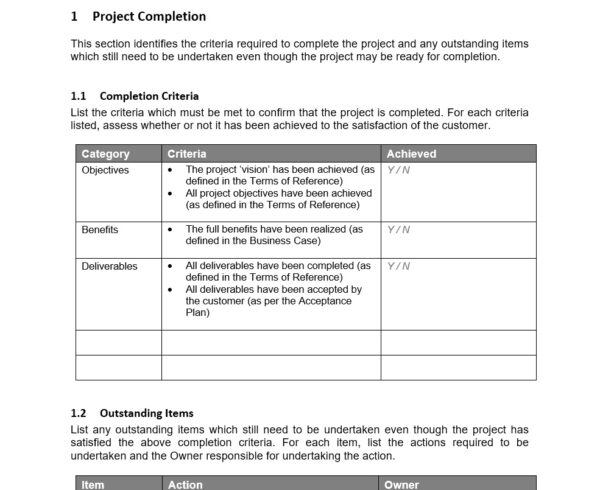
4. All Projects Share the Same Project Constraints
All projects no matter their size or complexity are subject to three main constraints: time, scope and cost. This simply means that projects must be completed within a defined timeline, achieve a defined set of tasks and goals and be delivered under a certain budget.
These project constraints are known as the triple constraint or the project management triangle and are one of the most important project features to know about.

5. Every Project Needs Resources
A resource is anything necessary to complete a project, such as for example, labor, raw materials, machinery and equipment. For example, in construction, raw materials such as wood, glass or paint are essential project resources. That said, other resources — like time, labor and equipment — are just as important.
A project manager must be able to identify all of the project resources in order to create a resource plan and manage the resources accordingly. When resources are left unaccounted for, it is easy to mismanage them.
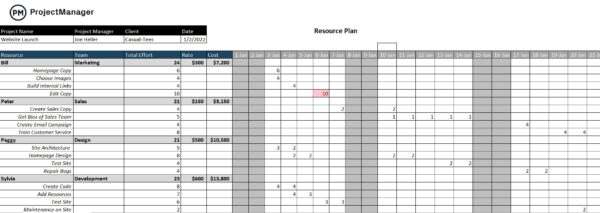
Types of Projects
Projects can take many shapes and forms, which makes classifying them into types a very difficult task that requires different approaches. Here are some of the types of projects grouped by funding source, industry and project management methodology.
Types of Projects By Funding Source
One simple way to categorize projects is to look at their source of capital.
- Private projects: Projects that are financed by businesses or private organizations.
- Public projects: Projects which are funded by Government agencies.
- Mixed projects: Projects that are financed by a public-private partnership.
Types of Projects By Industry
Projects can be executed by large or small organizations from any industry. However, some industries are more project-intensive than others. Here are some of the most common types of projects by industry.
- Construction projects: The main goal of any construction project is to make a building that can be used for different purposes such as infrastructure, residential or commercial use.
- Manufacturing projects: Manufacturing projects consist of manufacturing physical products to generate profits for a company.
- IT projects: Information technology projects consist in establishing an IT framework for the processing of data at a company-wide scale.
- Software development projects: The main goal of a software development project is to create a software product for a client.
- Business projects: The term business project could refer to creating a new business, creating a new business unit for an existing company or simply launching a new business initiative.
Types of Projects By Project Management Methodology
Besides the types of projects mentioned above, projects can also be classified by the project management methodology that’s used to plan, schedule and execute them.
- Waterfall projects: Waterfall is the most traditional project management methodology, where the project plan is defined before the project begins and each major project phase must be completed in sequence.
- Agile projects: Agile projects are planned and executed in short iterations known as sprints, where project teams plan their activities as they execute the project.
Project Examples
Now that we’ve reviewed the main characteristics of a project and the various project types that exist, let’s review some common project examples to better illustrate what a project is.
Construction Project Examples
- Construction infrastructure projects: Building a bridge, a road, a mass transportation system or a water treatment facility.
- Residential construction projects: Building a house, a residential building or an apartment complex.
- Commercial construction projects: Building a shopping mall, a parking lot or a hotel.
Manufacturing Project Examples
- Building a factory from scratch
- Manufacturing products for retail sale
- Manufacturing products for a B2B purchase order
- Improving an existing production line by acquiring new machinery and training employees
Key Project Terms to Know
No matter the project, there are universal project terms that are used regardless of project type, project size or any other factor. Know these seven terms like the back of your hand and you’ll be a step ahead before the project begins:
Project Scope
Project scope is a key aspect of the project planning stage. In many ways, it is the starting point. Determining project scope requires the project manager and their team to set goals and objectives, detail deliverables, create tasks, establish important dates and more. Project scope defines desired outcomes and all specific factors which will affect reaching them.

Project Stakeholder
A stakeholder refers to anyone and everyone involved in a project. A stakeholder can be involved at every stage of the project, or just in a certain way. Stakeholder analysis helps categorize how investors, team members, vendors, contractors and more can affect your project.
Project Deliverables
A deliverable refers to the specific outcome(s) a project creates. Deliverables can be “tangible” or “intangible,” meaning they can be a physical product or something conceptual. Typically, deliverables are the need that inspired the project in the first place. If someone contracts a builder to design and construct an office space, the office is a tangible deliverable.
Project Milestones
Milestones are predetermined achievements that help track project progress. Think of milestones as checkpoints. These checkpoints are decided on before a project begins, so the project manager and team know when they are on track to achieve deliverables. Without milestones, it’s difficult to know if the project is on the road to success or needs to reroute.
Project Dependencies
Project dependencies refer to how resources must be shared and allocated within a project. Many projects will use the same physical materials for different purposes and across different stages. Understanding this dependency is the only way to ensure there is enough resources to go around. Similarly, all projects are broken down into tasks. When one task cannot begin before another is completed, these tasks share a dependency.
Program
A program is a set of related projects, that need to be executed simultaneously to achieve the goals of an organization. In these cases, project managers are in charge of each project and report to a program manager, a project management professional who specializes in program management.
Project Portfolio
The term project portfolio refers to all the projects and programs that an organization is currently executing or plans to execute. The person responsible for managing project portfolios is known as a project portfolio manager.
What It Means to Work on a Project
Whether it’s the project manager, a team member or any other project stakeholder, they’re a member of the greater project team and their actions directly affect other team members. Like any team, you “win” or “lose” as a unit, so it’s incredibly important to communicate and listen to other team members in order to coordinate efforts and succeed. Most project mishaps and project failures are the direct results of poor communication or lack of collaboration.
Why does this matter as long as the work is getting done? Working on a project is about understanding the project as a whole just as much as it is about doing the work. The only way to see this big picture is by listening to the team and learning from one another.
What Is Project Management?
The process of project management starts with the conception of the project and continues all the way through the project lifecycle. This requires detailed knowledge of company resources and how to assign them in order to complete tasks, duties, events and other projects.
A wide range of industries relies on project management methods and tools to execute projects. A few examples of these industries are construction, IT, engineering, marketing and advertising. Any team working together to reach a shared objective is engaging in some form of project management.
What Does a Project Manager Do?
A project manager is more than just a manager, in the traditional sense. This individual is the leader of the project team and oversees every aspect of the project, from beginning to end. The project manager will typically write the project plan, run team meetings, assign tasks and do quality control tests to ensure everything is running smoothly. A project manager can’t carry the entire project on their back, though. In most organizations, project managers work within a project management office (PMO), a functional department in charge of planning, executing and monitoring projects.
In addition to this, one of their key duties, in fact, is knowing how to entrust various responsibilities to team members. With the help of their team, project managers will create project schedules and budgets. They will also create project reports throughout the project lifecycle.
As you can see, their responsibilities are widespread, but that doesn’t mean spreading too thin. Ideally, a project manager creates the foundation of the project—like the foundation of a house. They then appoint other individuals to finish out each room.
Project Definition: Best Practices for Project Management
Regardless of the project, the size of the team, or anything else, there are practices that exponentially increase the chances of success. As vital as it is to hit goals and achieve deliverables, it’s just as important to create a positive culture within the project. These five tips may seem simple, but they make a big difference:
Set Regular Team Check-ins
It’s easy to meet with the team “as needed,” but once a project begins it gets harder to find time in everyone’s schedule. Instead, schedule regular meetings before a project even starts. These meetings serve as check-ins where team members can give each other updates, voice concerns, ask questions, make adjustments and do anything else they may need. When these check-ins are already built into the schedule, no one is waiting to meet until there’s a mishap or issue.
Delegate
Part of what gives a project definition is knowing how to delegate. Whether it’s the project managers or a team member, they’ll more than likely need help with a task at some point. Now, this doesn’t mean just passing along the task to someone else. It means that every team member has equal responsibilities. Instead, the best project managers know how to relinquish some control and delegate to team members.
Know the Team
Everyone on the project management team should be familiar with each other’s strengths, weaknesses and specialties. For example, if a team member needs information from a different department, they should know exactly who to ask. This familiarity cuts down on lost time. It is especially important for a project manager to know their team extremely well.
When a project member knows these things, they can make decisions that play to their team members’ strengths, not around their weaknesses. Knowing the team is a huge aspect of creating a positive culture within a project, as it celebrates everyone’s abilities.
Celebrate Milestones
Speaking of positive culture, never underestimate the power of taking a moment to mark meeting a milestone. Reaching one means the team has made significant progress and the project is still on track. At the very least, it’s important to announce reaching milestones during team check-ins. This keeps everyone on the same page and improves team efficacy.
Choose Superior PM Tools
Project management is an extremely complex job. Without the proper tools, it’s easy to make mistakes, become disorganized and even fail to complete the project. The best way to protect your project from these missteps is by choosing tools that simplify the entire process.
The best project management software does just that. Using project management software unleashes your team’s and the project’s full potential and takes the end result to new heights. The key is finding an intuitive, user-friendly project management software that makes no compromises in functionality.
How ProjectManager Makes Managing Projects Easy
ProjectManager is an award-winning project management software that makes managing projects easier than ever. Our online software allows the entire team to work on the project while in the field or on the go, and our modern interface combines functionality with user-friendly navigation. This means no more wasted time just trying to familiarize yourself with a new tool and more time perfecting your project definition.
Plan on Gantt Charts
Plan your projects from start to finish with ProjectManager’s powerful Gantt chart feature, which allows you to map out project tasks in phases. You can even create dependencies and set milestones. Plus, you can import Excel files and Microsoft Project files, so switching over to our software is seamless.
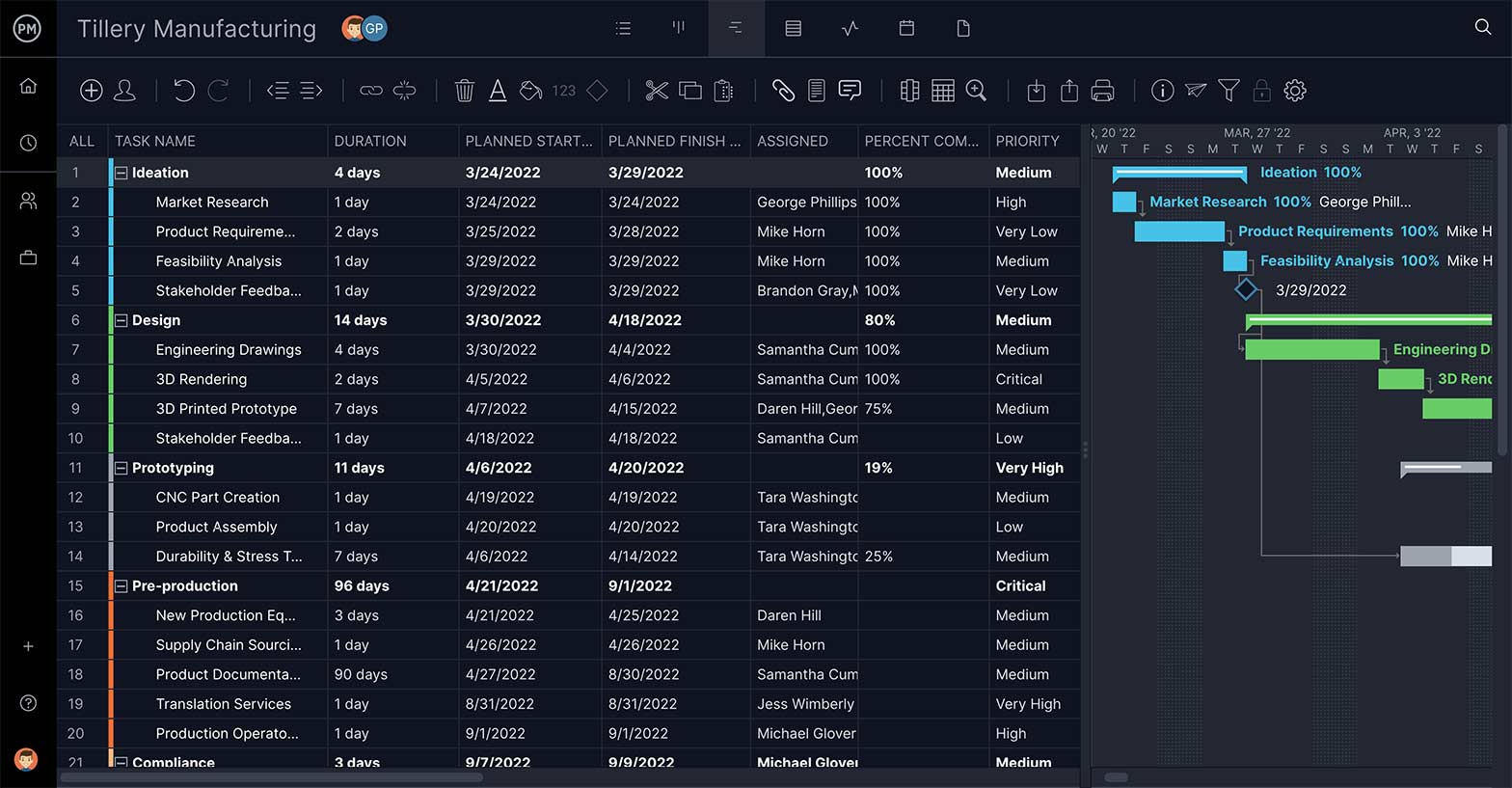
Track on Project Dashboards
As the project team moves forward with tasks, project managers can track every status update on our real-time dashboard that you can personalize to show the most important metrics. Every change to a task is tracked and automatically updates the colorful, easy-to-read charts and graphs. Keeping an eye on your project’s progress has never been easier!

Related Project Management Content
- Project Documentation: 15 Essential Project Documents
- How to Create a Project Execution Plan (PEP)
- Project Management Basics: Definitions, Methods and Tools
- What Is a Work Plan? How to Make a Work Plan
- Definición de Proyecto: ¿Qué es un Proyecto, y Cómo debe Gestionarse?
- Qu’est-ce qu’un projet ? Définition, types et exemples
- Was ist ein Projekt? Definition, Typen & Beispiele
Get all these features and more when you use ProjectManager. All of these tools are available in our software to help you plan, track and report on your project in real time. See what it can do for you by taking this free 30-day trial run!


